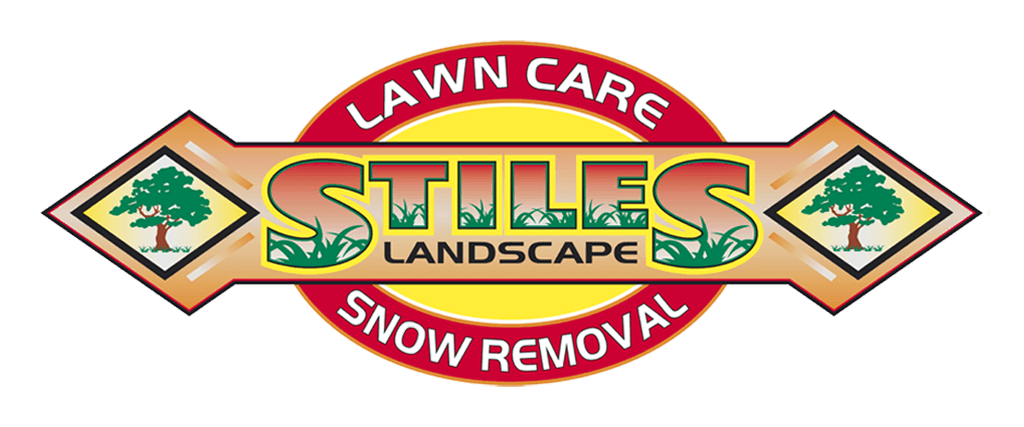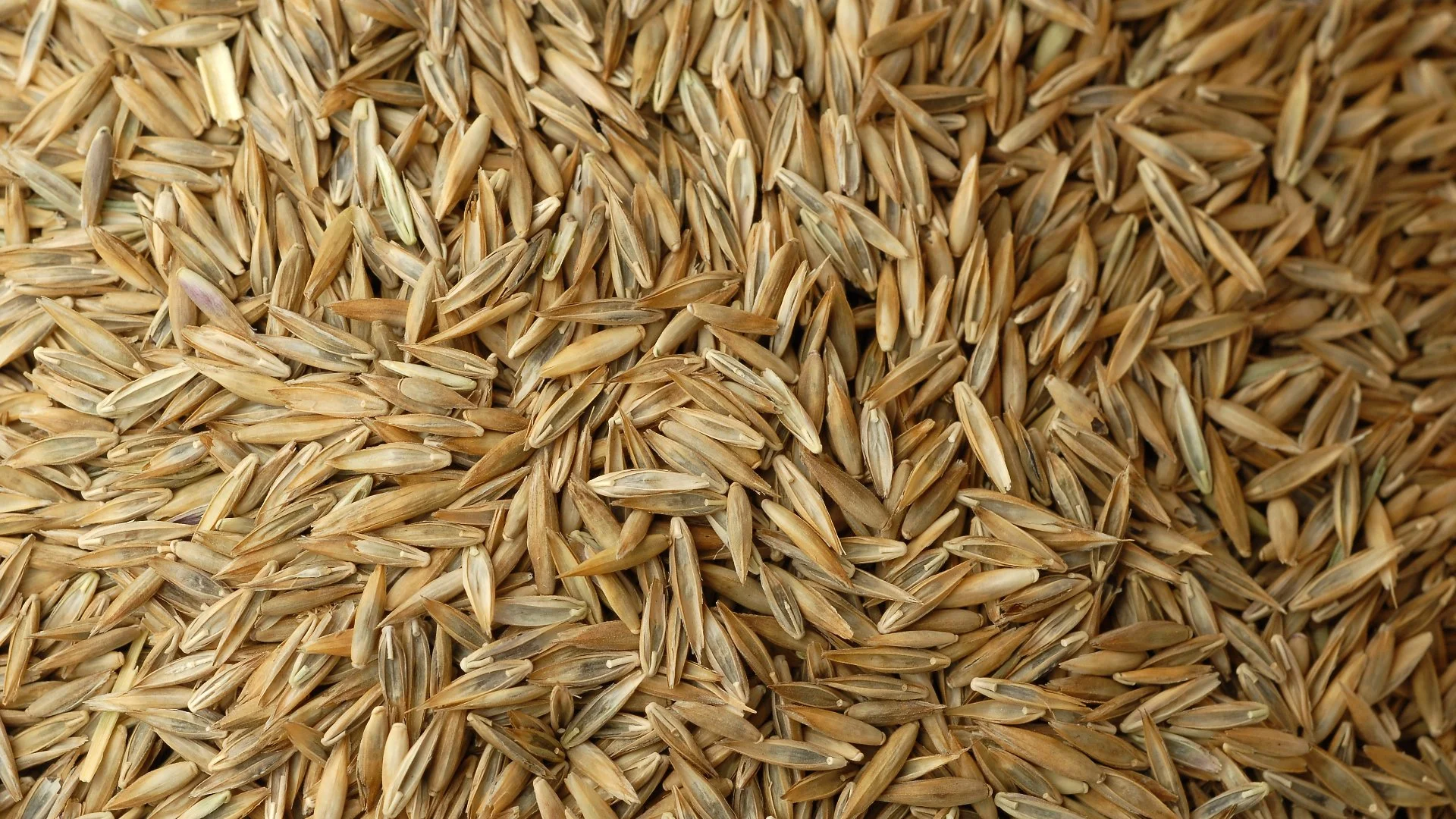If you want to fill in any bare and patchy areas on your lawn with new grass growth, then overseeding is just what you need. Overseeding involves spreading seeds across your turf to make it thicker and denser, but you want to use the best types to ensure they'll thrive. In Michigan, the perfect blend includes Kentucky bluegrass, ryegrass, and fescue seeds, as they will grow into beautiful, healthy, resilient grass. These cool-season seeds are well-acclimated to cooler temperatures, so you'll want to perform overseeding in the fall to give them ideal conditions for germination. Afterward, you can help them grow by fertilizing them, following a watering schedule, and staying off your lawn for 2-3 weeks.
Use a blend of Kentucky bluegrass, ryegrass, and fescue seeds for overseeding.

When overseeding your lawn, you want to use seeds that'll thrive in the climate in Michigan and yield healthy, beautiful, resilient grass. So, a blend of Kentucky bluegrass, ryegrass, and fescue seeds is perfect! These three cool-season types will bring specific qualities beneficial for helping you achieve the lawn of your dreams, which are as follows:
- Kentucky bluegrass is known for its ability to spread and recover from damage rapidly. It also boasts a beautiful, deep green color and can withstand the cold, wear and tear, and diseases.
- Ryegrass seeds are known for their quick germination and growth, filling your lawn with vibrant green grass in no time.
- Fescue can tolerate various conditions and stressors, including heat, drought, and diseases, making it a resilient grass. It's also low-maintenance and can withstand frequent foot traffic while still looking great.
When should you perform overseeding with these grass seeds?
Since Kentucky bluegrass, ryegrass, and fescue seeds are all cool-season types, the best time to perform overseeding is in the fall. That's because they thrive in cooler temperatures, so the weather conditions at this time are favorable for seed germination, which means they have the best chance of successfully growing into new grass. By overseeding in the fall, you'll give the seeds the perfect environment to germinate and flourish.
What should you do after overseeding to help the seeds grow?
After overseeding, you'll want to take steps to help the seeds grow and set them up for success. To do this, you'll want to apply a starter fertilizer so they get the nutrients they need to germinate and establish roots quickly. You should also follow a strict watering schedule to provide the hydration they need; for the first 2 weeks, you'll want to water often but not too much to avoid drowning them. Then, you can reduce the frequency during weeks 2-4 but increase the amount per session. Additionally, you need to stay off your lawn for 2-3 weeks to keep from disturbing them as they try to develop. With proper aftercare, the seeds will yield new grass before long.
Call Us Today to Sign Up for Our Overseeding Service
At Stiles Lawn, Landscaping & Snow Removal Inc., we offer an overseeding service to turn your patchy, lackluster lawn into the epitome of beauty and lushness! We use a premium blend of Kentucky bluegrass, ryegrass, and fescue seeds, as these will provide the best results and ensure they thrive in the climate in our area. Our team will also perform this service in the fall, plus apply a starter fertilizer afterward to give them everything they need to grow into beautiful, durable grass!
We offer our overseeding service to commercial and residential properties, as well as HOAs, in DeWitt, Haslett, Williamston, MI, and throughout the surrounding areas. Call us today at (517) 322-2671 to sign up for this service.



Comments (0)
Thanks for your comment!
Thanks for your feedback! Your comments have been successfully submitted! Please note, all comments require admin approval prior to display.
Error submitting comment!
There is a problem with your comment, please see below and try again.